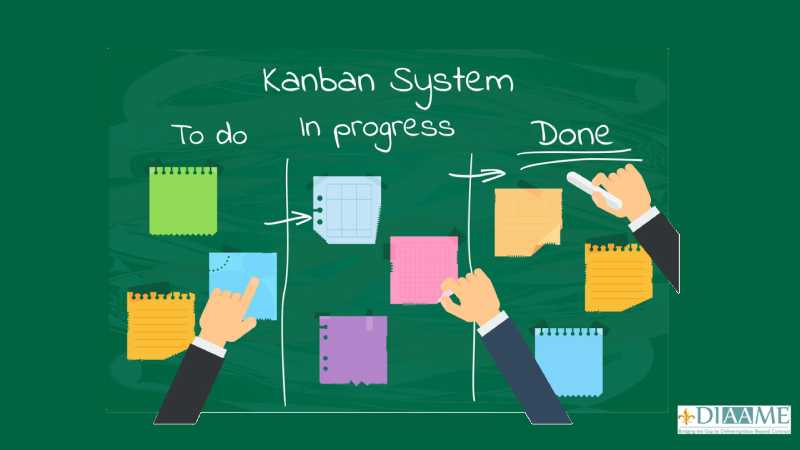Kanban is not a new methodology; it has been around since Toyota first developed this approach as a way to maintain a lean and efficient production line. Studies showed that the two-bin system used by Spitfire factories during WWII was the simpler version of Kanban.
The goal of Kanban is simple: to visualize the tasks in hand and create a better way to schedule and direct resources towards completing those tasks. While the principles behind this methodology are simple, Kanban can be used to manage even the most complex operations as effectively.
Getting started with Kanban is also easy. You now have cloud-based Kanban tools to help you keep tasks organized and make working together easier. However, this is only the start. There are ways to boost the benefits of using Kanban to the next level.
Limiting Workloads

When you see a Kanban board, you will notice that the board is divided into stages. The simplest form has three sections: To-Do, In-Progress, Completed. In other implementations, the stages can be more complex. Check great kanban board template here. When Kanban is used to run app development projects, for example, you may see stages such as Plan, Develop, Test, and Deploy on the board.
The goal of these stages is so each person or team member can keep track of the tasks they need to complete and report on their progress, all in a smooth and seamless way. Other members of the team can do the same while checking the overall progress of the project. The same can be said for team leaders and managers.
Since Kanban is very visual, it is easy to see when there are too many tasks to handle. A section for a particular team member – usually the In-Progress section – may appear crowded with too many cards on the board. This is when you know that team member (or yourself, in some cases) is taking on too many tasks at the same time.
Limiting workloads is actually a way to improve the use of Kanban. As counter-intuitive as it may sound, team members can complete individual tasks better and faster when there are not so many of them on their plate. You can push for higher-quality outputs and maintain operational efficiency with this simple tweak alone.
Continuous Learning
The way you keep track of how you use Kanban brings some added benefits. The more you review your processes, the better you will be at making fine adjustments and improvements to the flow. Kanban actually helps you spot bottlenecks and other issues early, allowing you to make the necessary tweaks without disrupting the existing flow of tasks.
The methodology even has its own way to develop business agility, and that way is known as the Kanban Maturity Model. The Kanban Maturity Model takes you from Level 0, the point before you implement Kanban as a part of your workflow, to Level 6, where the entire workflow is stronger and more sustainable, in a gradual and manageable way.
Each level adds more benefits to the use of this system. When your Kanban implementation is at Level 4 and you have gathered insights and other information along the way, you will be able to start doing better forecasting, manage resources and production capacity in a more efficient way, and remain flexible as a team or organization. Kanban even lets you use data and statistics to make decisions.
Adding a Feedback Loop
Of course, continuous learning isn’t something you can do without great streams of data and insights. This is where our next secret weapon, a feedback loop, comes in handy. The last way to take your Kanban implementation to the next level is by going back to the core principles of Kanban and learning more and more about yourself in the process.
There are some interesting metrics to track when you use Kanban in different situations. The Cycle Time – the time needed for a single task to go through your entire cycle – is a good start. This metric will tell you how well (and how efficient) your team performs as a whole. You can keep track of throughput to know more about your production capacity too.
You can also take it a step further and monitor additional metrics such as team member performance, quality of work, and blockages. There are even businesses and teams that use Kanban as a way to track the happiness level of team members for the purpose of keeping them effective and creative at the same time.
The possibilities are endless. The combination of limiting workloads and managing tasks in a more meticulous way, recognizing challenges and obstacles through a feedback loop, and learning continuously in the process will help you utilize Kanban like never before. The result of these tweaks is clear: you will be able to continuously improve your processes, your team member, and the organization itself.